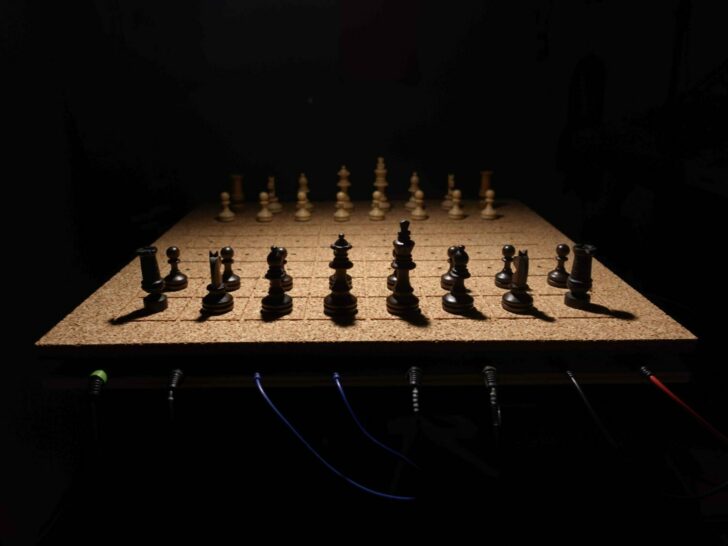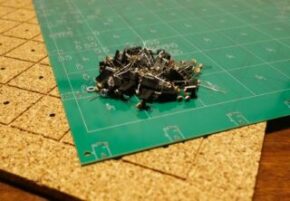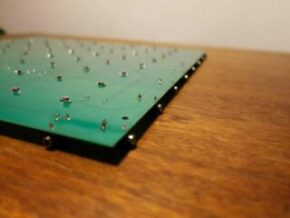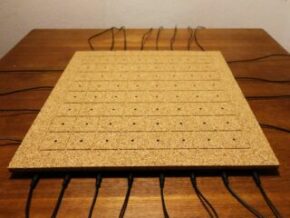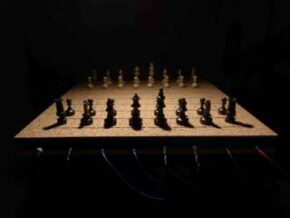Speak & Glitch GND-1T Review – “It Puts The ‘Mental’ In Experimental!”
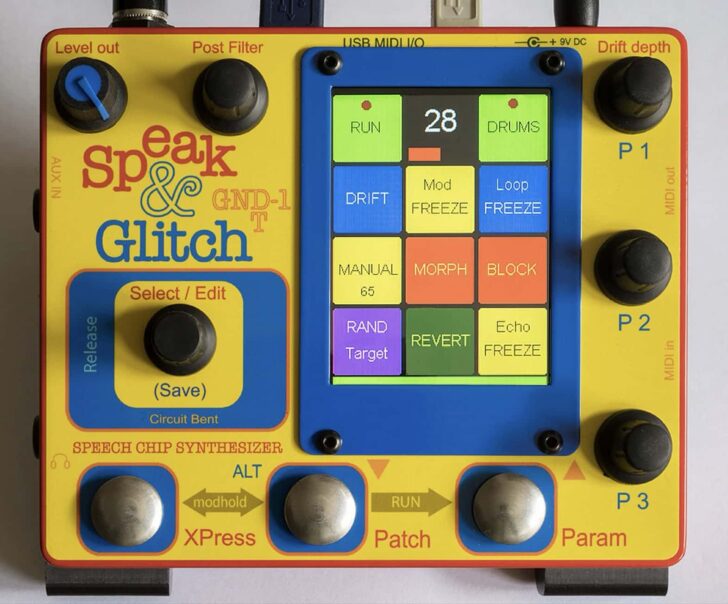
Host Ziv Eliraz – In his latest loopop video – shares what’s probably his strangest review of the year, a review of the Speak & Glitch GND-1T Speech Chip Synthesizer.
The GND-1T is based on an emulation of the TMS speech synthesis chip found in the classic vintage Speak and Spell game. It was inspired by many years of circuit bending hardware Speak and Spells to produce musical sounds, but takes it far beyond anything that’s possible in hardware.
Topics covered:
0:00 Intro
2:45 Overview
5:50 Build
6:10 Workflow
9:15 I/O
10:05 Patch screen
10:45 Drift
12:20 Morph
14:25 Random
15:00 Excludes
15:40 Speech
19:45 Speech filter
20:20 Word loop
20:50 Will it bend?
22:05 Stereo
22:40 Pitch
23:05 Post filter
23:30 Mix/Echo
23:55 Mini looper
24:40 Modulation
25:05 Envelopes
25:50 MFO
26:45 LFOs
27:20 Mod blocks
30:10 Exp matrix
32:00 Note XP
32:40 Drums
35:45 Arp/seq??
37:10 Misc
37:30 Pros & cons
42:10 Presets
Eliraz notes that this priced reasonably for a boutique synth and that its sounds are completely unlike any synth out there. On the cons side, he notes that the interface doesn’t make great use of the big color screen, and that it’s sometimes not clear what a parameter does. He also notes that that online manual is hard to read.
Details on the GND-1T are available at the developer’s site.
If you are interested in the Speak & Glitch GND-1T, make sure you check out the preset demos, which start at around 42:10 in the video.
Watch the video, and share your thoughts on the Speak & Glitch GND-1T in the comments!
